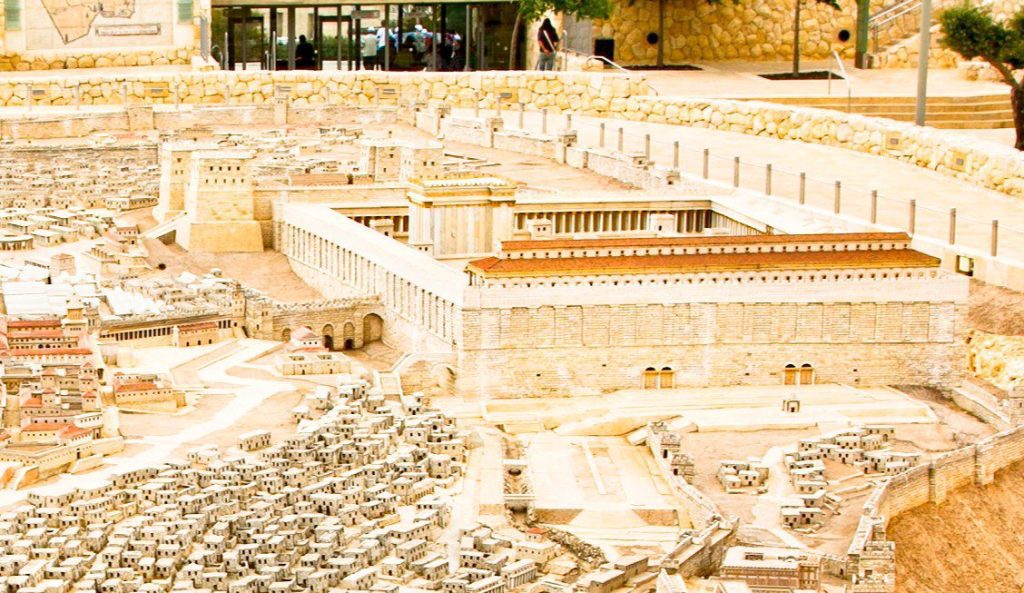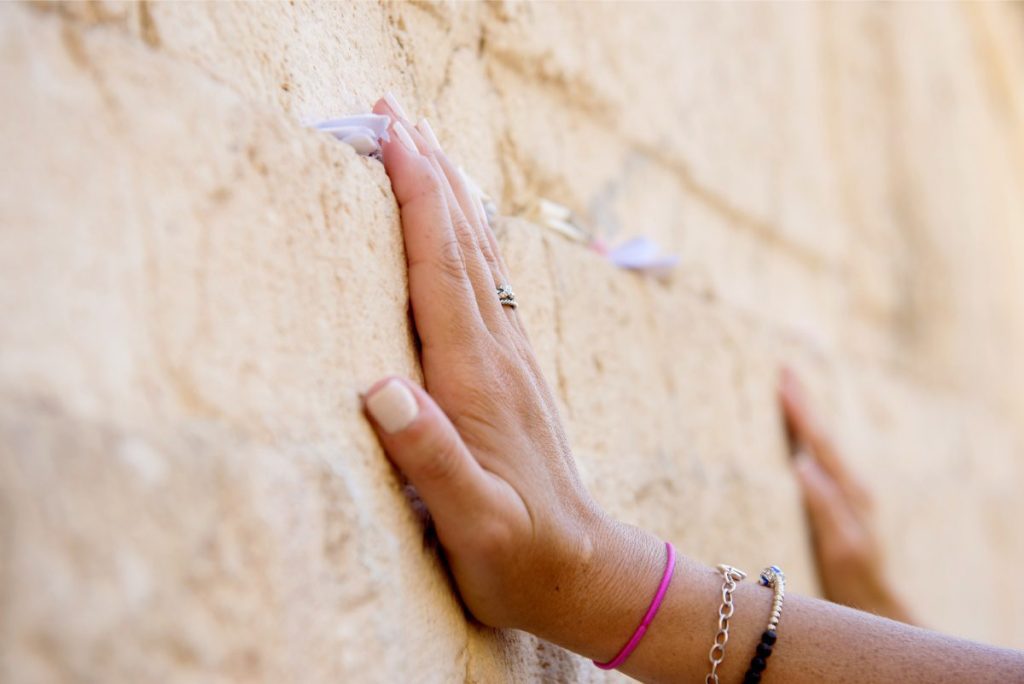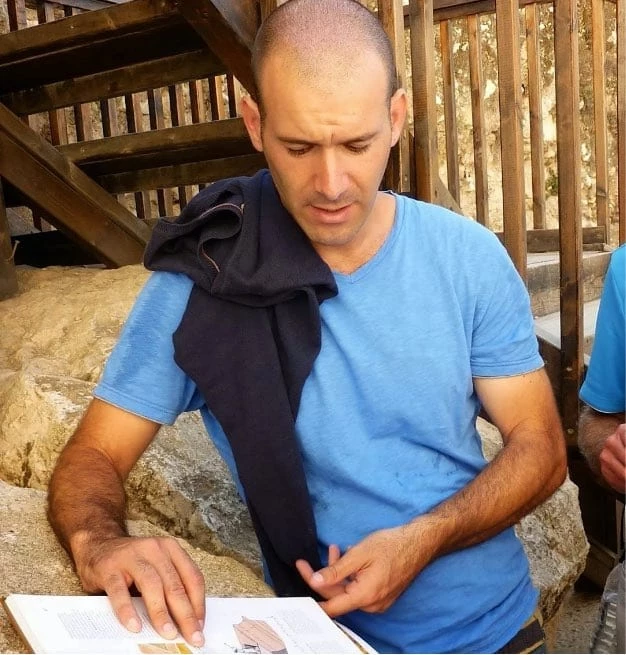So what makes the Wailing Wall (Also known as the Western Wall) so holy? Before answering that question let me give you a short overview of the famous Wailing Wall. So the Western Wall is an ancient limestone wall in the Old City of Jerusalem. But what is visible these days is a relatively small segment of a far longer ancient retaining wall; known also in its entirety as the Western Wall.

So What Does Make the Wailing Wall So Holy?
The Wailing Wall’s holiness in Judaism is a result of its proximity to the Temple Mount. There you can find the Foundation Stone; the most sacred site in the Jewish faith; which lies behind it. The original, natural, and irregular-shaped Temple Mount was gradually extended to allow for an ever-larger Temple compound to be built at its top. This process was finalized by Herod. The Western Wall is considered closest to the former Holy of Holies; which makes it the most sacred site recognized by Judaism outside the previous Temple Mount platform.

So what I am trying to say is that there is nothing really holy about the Wailing wall by itself. In fact, it’s getting its sanctity from the proximity to the Holy of Holies and the Foundation. In other words, where the Second Temple uses to be back then. Another interesting fact about the Western Wall is that what you see today is not really the original Wall from the time of Herod. If you want to see remains from Herod the Great, you’ll need to get really close because only the very bottom of the Wailing Wall is the original wall. Most of it is buried underground.

